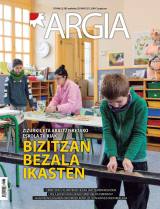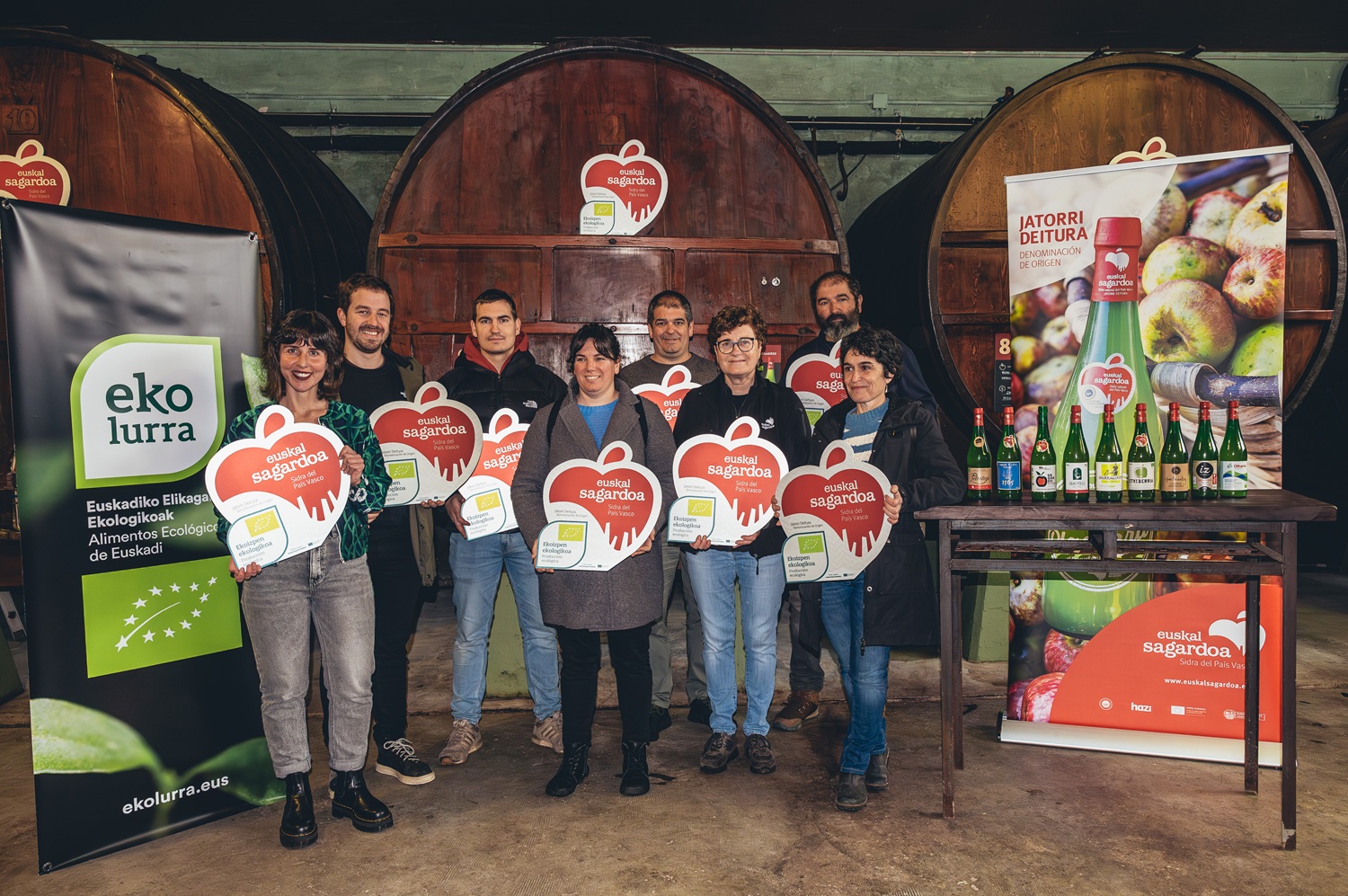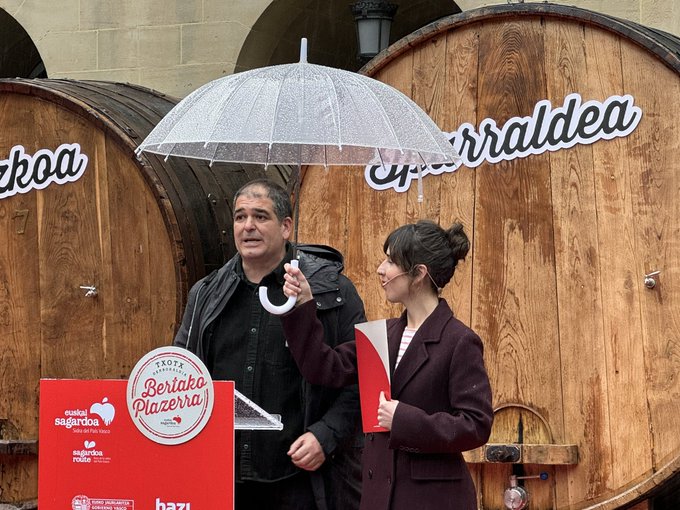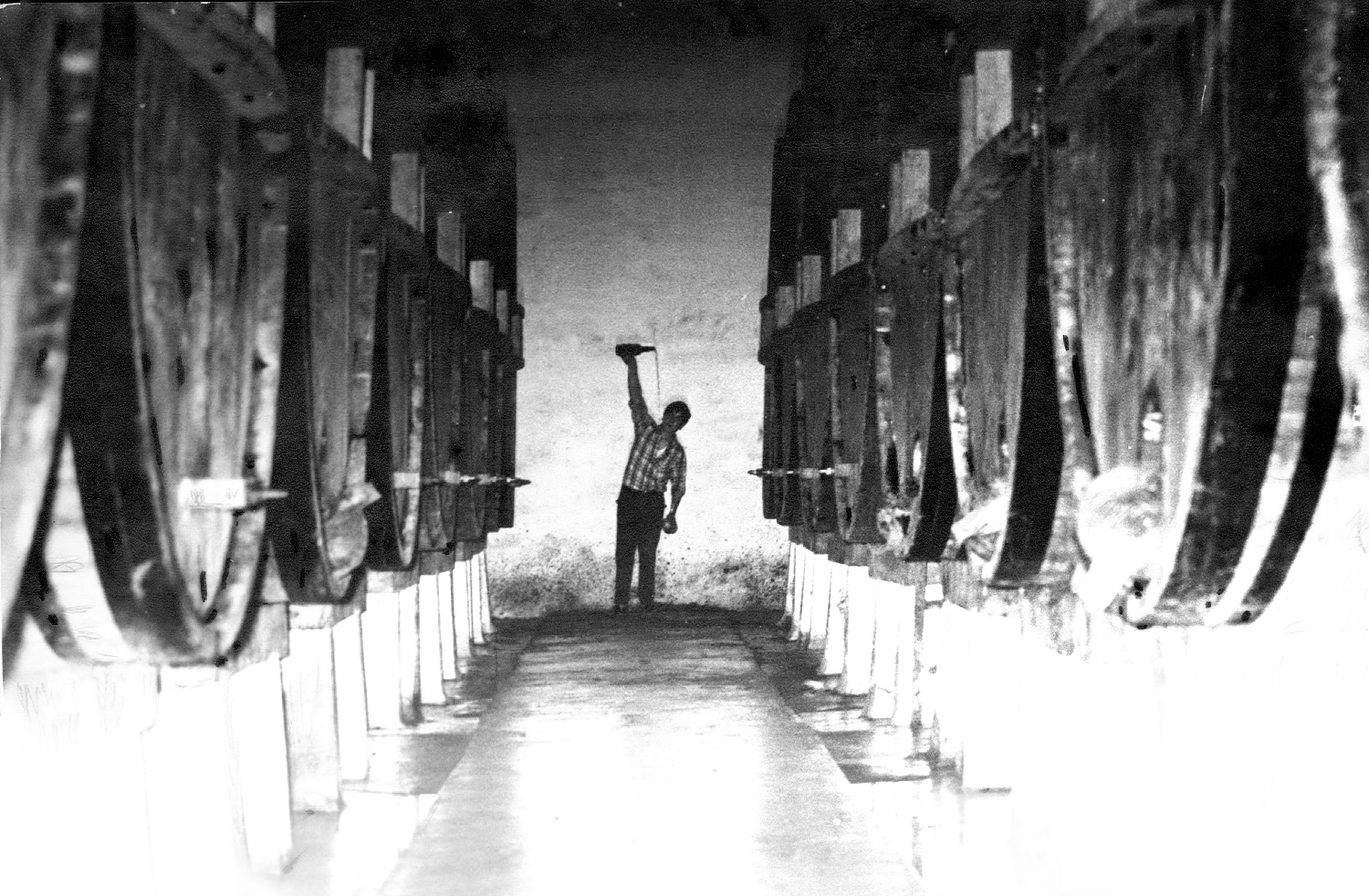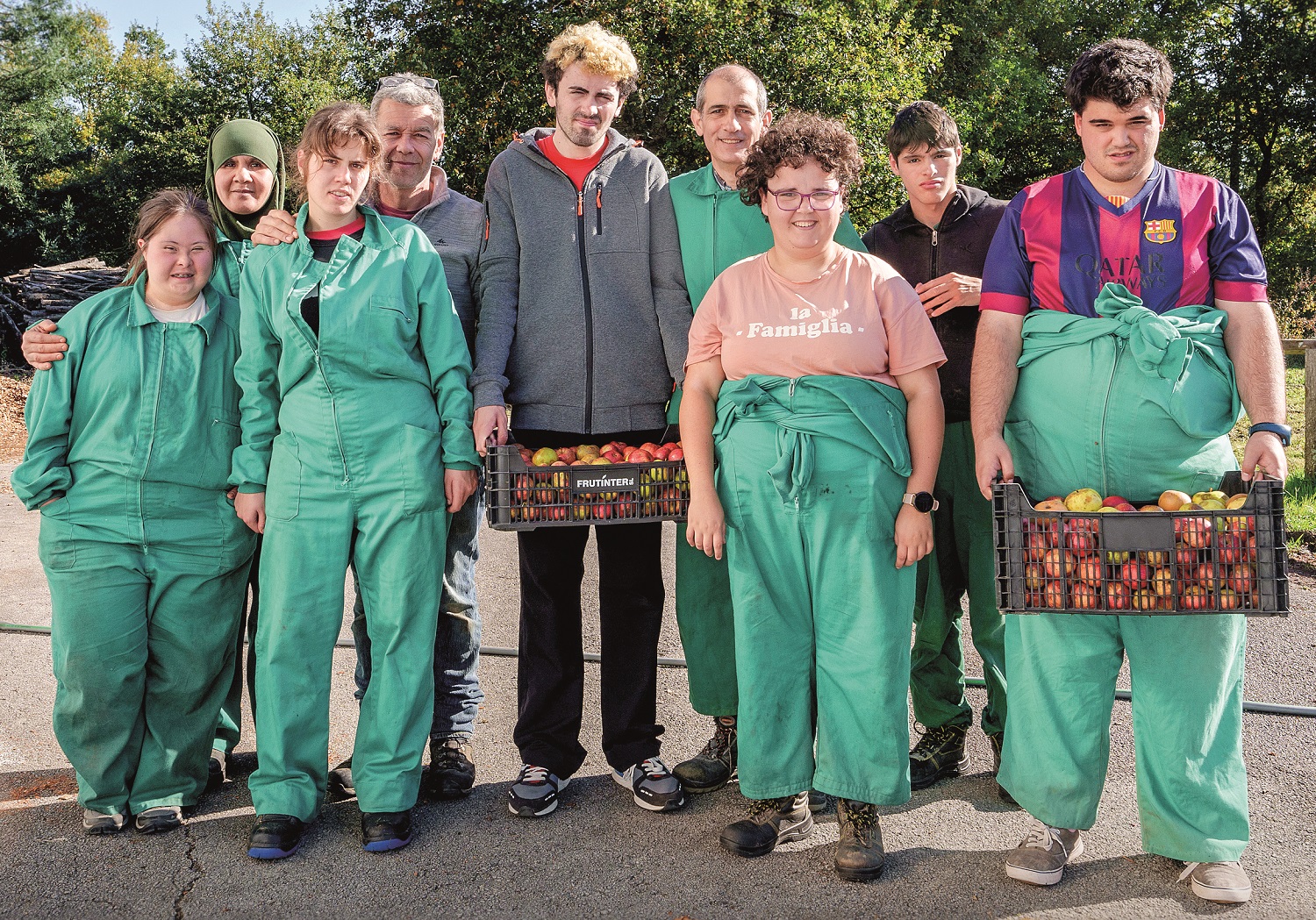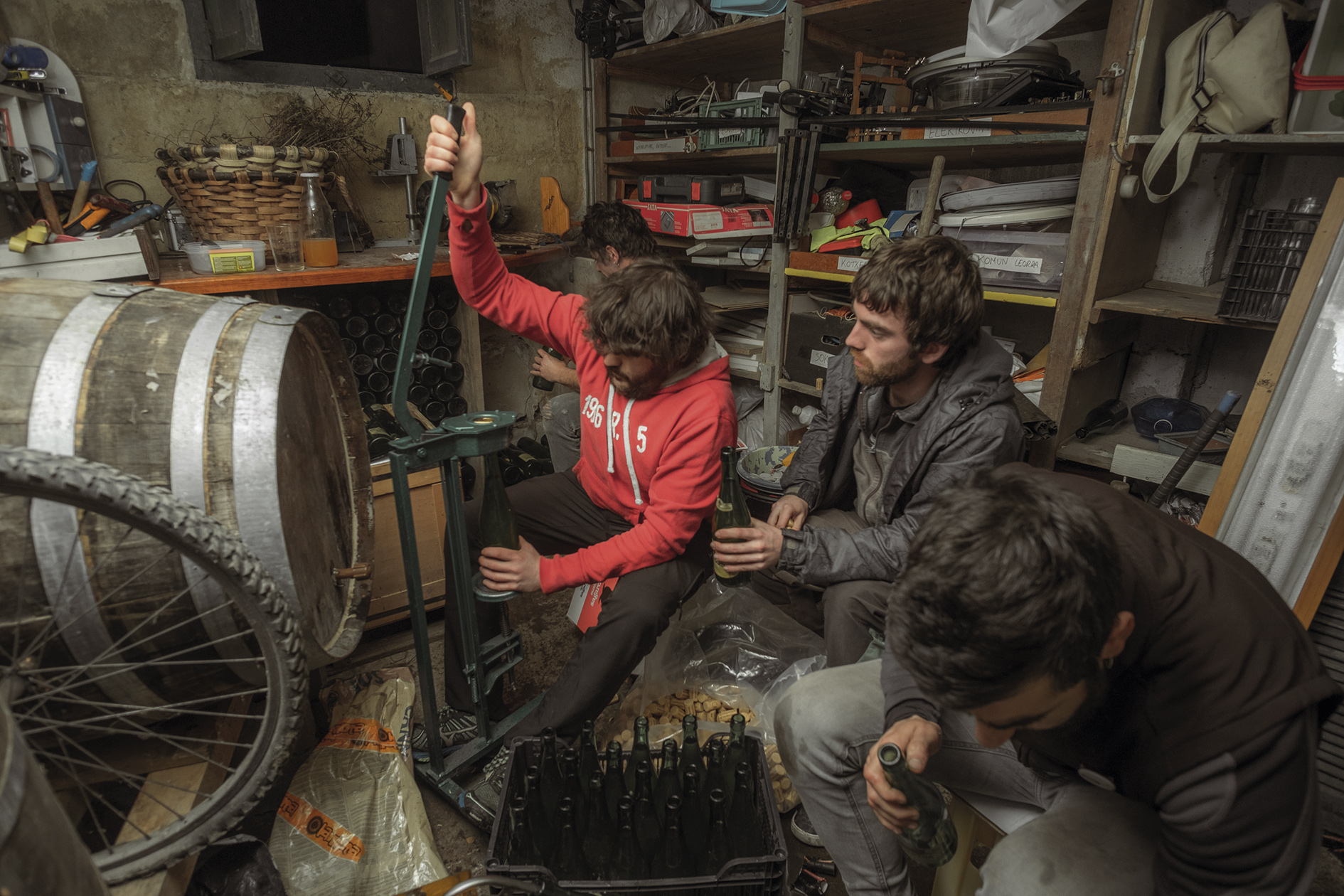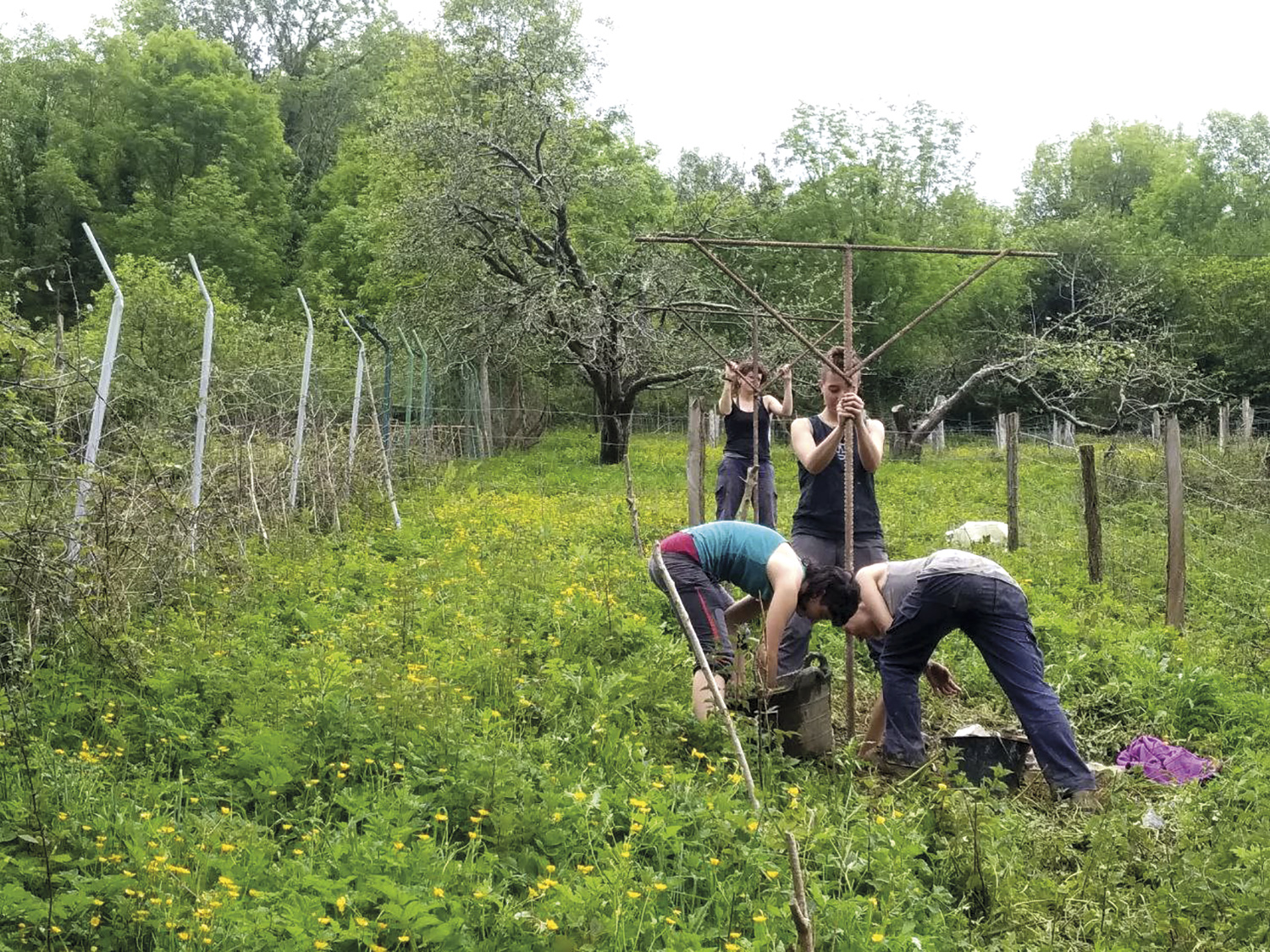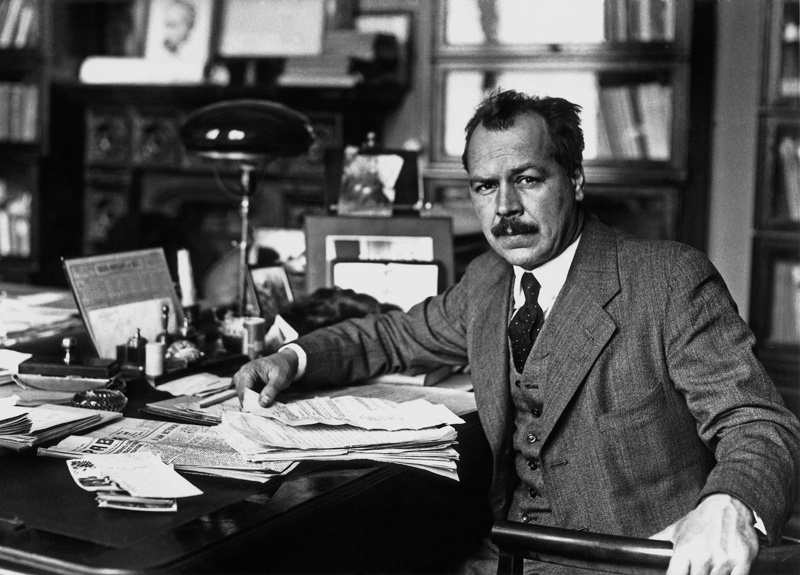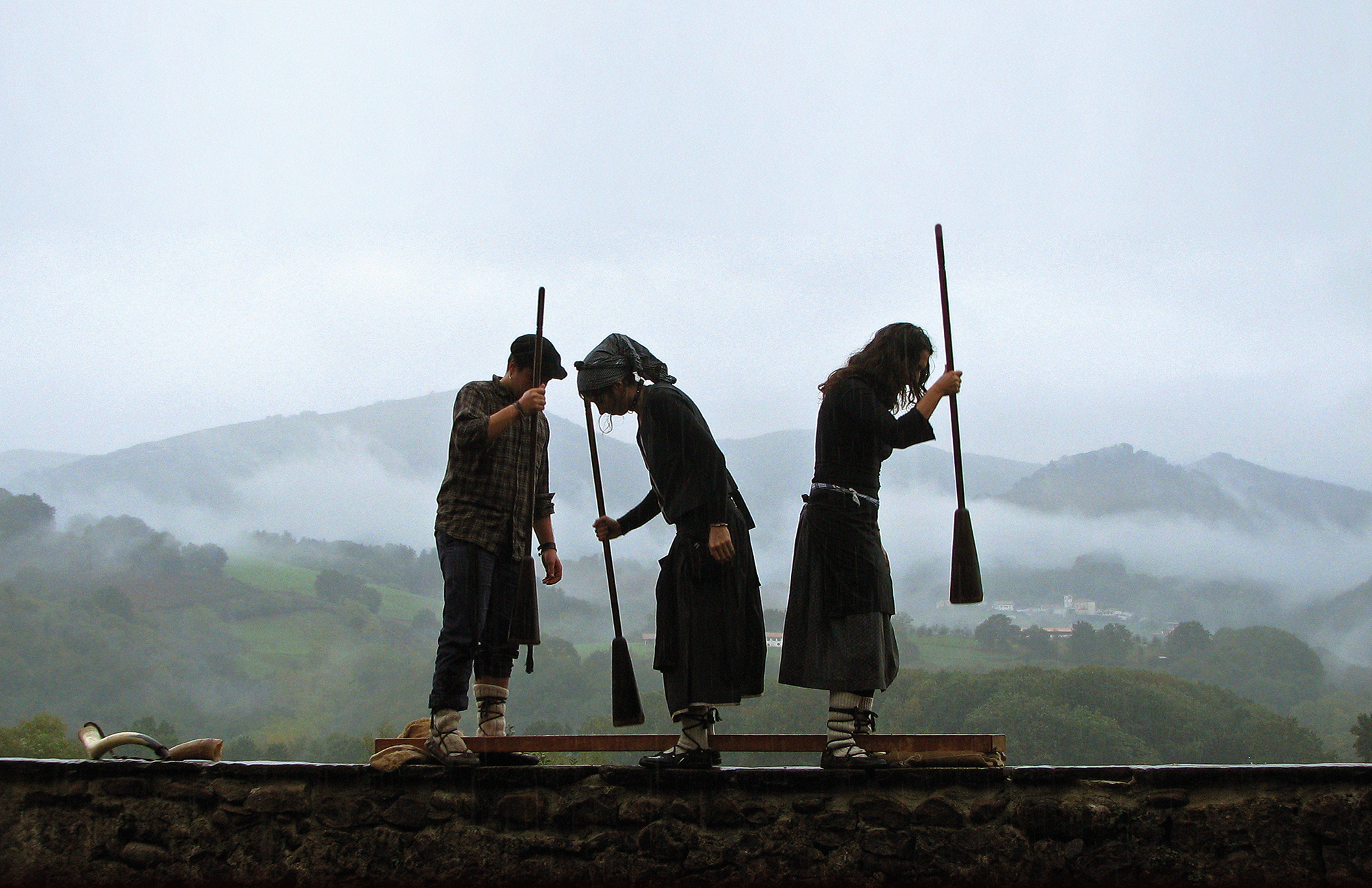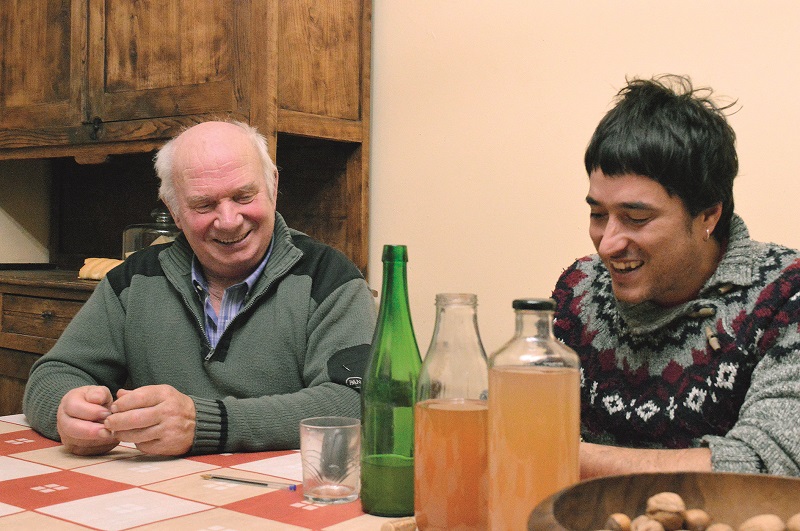"It is essential to be able to work with machines in the chamomile"
- Aitor Etxeandia, consultant technician Sagarlan, gave a talk at the Sagardo Forum conference on “The state of the apple tree in the Basque Country”. The following day we met him personally to delve deeper into what was said at the Hernani Tertulia. “After talking to you, I will look at an apple tree, see what is of the earth,” he tells us. “Many apples are being planted in the pastures that were previously for livestock or in which the pines have left loose. They’re better at working with the tractor, and that’s critical for new generations to engage in cultivation.”
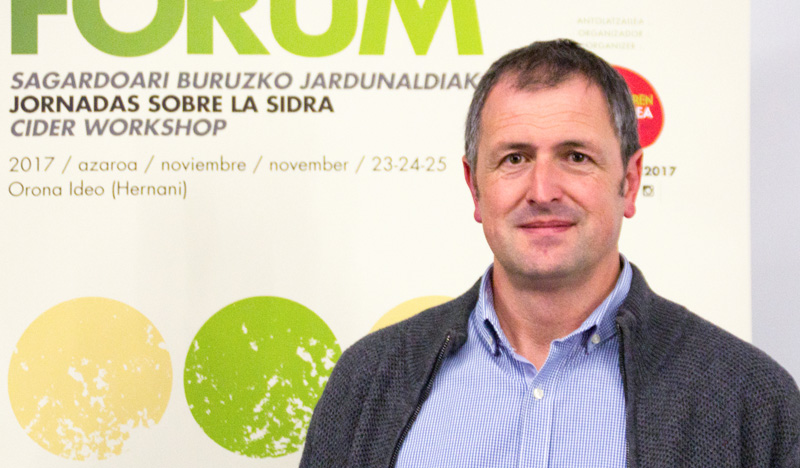
Etxeandia started his speech by providing data, and we will do so. Apple plantations occupy a small area in the Basque Country. 35% of the camomials are between 2 and 10 hectares and 22% are between 1 and 2 hectares. Only 4% have more than 10 hectares. If plantations are traditional or intensive, the number of trees per hectare will be very different. In the traditional ones (cultivated in the form of forest, trees occupy more space) there are 150-200 apples per hectare, and in the intensive ones (central axis) there may be 650-700. More and more farmers are betting on the intensive, not least because it considerably facilitates machining and increases production capacity. He explains that many traditional chamomiles were planted on “free” grounds: “The orchard first, the pastures for animals later… today, by reducing cattle, the apples are placed in a better place.” This has increased the possibility of working with tractors and other machines. This is important to ensure the “relay”: “If in Sagastia you cannot work with the tractor, less and less work will be done. Sometimes it is enough to cut the branches of the lower part of the apples to be able to pass between the trees seated on the tractor”. Some baserritarras who have done so take more care of the chamomile, according to Etxeandia.
One of the enemies of the tractor is the slope, one of the biggest pitfalls in our country, according to the technician of the company Sagarlan: “42% of the apples are located in plots with a slope higher than 25% and considering that in areas with slopes higher than 20%, at least on slopes facing north, the presence of tractor represents a risk…”. If the land is wet, the 15% slope can also be dangerous. In sun-exposed areas, it is possible to work on slopes of 25-27% whenever there is drought.
Low climate
But for farmers, it is often not feasible to buy new machinery, because the plots are small and the time they would need to turn around the investment is enormously long. You can buy machines between several, but there's a problem: “Everyone wants to do the same work at the same time; time, rain, mark the times in our environment and depend on it to do one job or another.” Rains and hot, the heat of the sun is fundamental for apples. Asked whether the climate of the coast and the interior affects the quality of apples, Etxeandia has responded that the difference is in more quantity. “On the coast – in the case of Gipuzkoa between the sea and the area of Aduna – there is always more apple.”
If you look by country, the number of apples varies a lot between Gipuzkoa and the rest. There are 40 hectares in Álava, 80 in Bizkaia, 90 in Ipar Euskal Herria, 100 in Navarra and 1,165 in Gipuzkoa, where there is a greater tradition of Sidrera. “35 years ago we started working on the recovery of apples, especially in Gipuzkoa, where 800 hectares were planted,” explains Etxeandia. Today there are new winds, the will to promote cider and apples. Institutions talk about giving “prestige” to drink. “I don’t know if that’s the word,” says Sagarlan’s technician. “It is true that the actors in the sector are making an effort, but we have to go further. As for the price is still cheap, it needs more recognition, and that is related to quality, if we want to defend the product anywhere.” The work of the Fraisoro laboratory is important in this sense, as well as the new designation of origin Euskal Sagardoa, which is characterized by being 100% made with native apple and being a “quality guarantee”.
The use of the autochthonous apple allows, for example, to be pressed the day after its collection and thus avoid problems that may arise during the fermentation process or the elaboration. However, Etxeandia has explained to us that it is not possible to do with the native apple all the cider that is produced in our environment: “Apples can give more grain, new ones will be planted… but we will still have to bring much of the apples from outside, from Asturias, Galicia or Normandy.”
Phytoplasm, source of concern
Etxeandia explains that what worries the baserritars, in addition to the scarlet fire, are the phytoplasmic (microscopic parasites), which gradually damage the tree and do not let the apple grow properly, among other consequences. “In the case of the table apple you can cut the trees, but in the cider trees… we would stay almost without anything.” The use of healthy plants and, in the case of table apple, the use of insecticide against the shell that spreads the disease is a way to avoid or fight for phytoplasma. In the case of cider apple, no insecticide is used against it unless it is against lice or apple worm (Carpa).
Txotx denboraldian eredu ekologikoan ekoiztutako Euskal Sagardoaren eskaintza izango da hainbat sagardotegitan, eta hura bistaratzeko, Jatorri Deiturak eta ENEEK-Ekolurrak kupeletan paratzeko euskarria aurkeztu dute.









